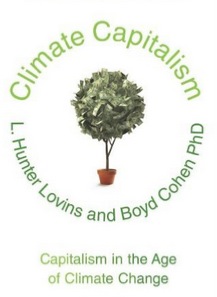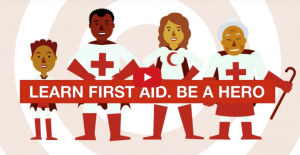Yesterday, I officially joined the Class of 2016 of the Women’s Policy Institute of Rhode Island. The Women’s Policy Institute is a professional development program designed to inform and empower women who are interested in shaping public policy in Rhode Island. Today, I finished our first two-day weekend retreat with a dozen amazing women learning about the legislative process in our state. One of the topics we considered in our first session was the examination of policy issues through a gender lens, which led me to reflect on the impact of gender in my own work. (And to motivate further reflection, the leadership of the Women’s Fund asked us to write about our individual motivations for joining this program. You can read my blog entry by clicking here.)
A number of the reports that Prisere LLC has developed for the United Nations Office for Disaster Risk Reduction explicitly consider gender mainstreaming our programming; specifically, ensuring that women’s needs are addressed in developing disaster evacuation plans and opening opportunities to qualified women in the area of civil emergency management. We also address the greater risks to which women are exposed, largely as a result of having lower incomes (on average) then men. These include living in more hazardous (and therefore less expensive) locales. One particularly alarming report I read documented how most of the casualties in what we call the first major Asian tsunami were women and in some communities, all of those killed were female. This is the result of the fact that women engaged in subsistence agriculture activities in coastal areas, while men reported to other types of employment at higher elevations; hence, men were more likely to survive the tsunami waters.
But one of my former colleagues at the United Nations Development Program, Ana Maria Currea, said it best, so I will quote her directly:
“It is well established that the poor are most vulnerable to the effects of climate change, and that women—who account for the majority of the world’s poor—are disproportionately impacted. Why is this fact so important? And what are we doing to address it? Women farmers account for 45 to 80 percent of all food production in developing countries. This means that any changes in climate—such as droughts and floods—affect their livelihoods, incomes and food security more than they do men.”
Ana serves as the gender focal point at UNDP’s Global Environment Facility. Her remarks certainly resonate with my own experience. The photograph I have chosen to include in this blog posting was one I took while working in Guinea, a French-speaking country in Sub-Saharan Africa. You can see two huts in the background of the photo, where women farmers live and work with their families. I was there working with Land O’Lakes, which most Americans would recognize as a brand of butter. It is also America’s second largest cooperative and invests in building agricultural capacity in developing countries. Virtually all farmers in Guinea are women and they work at subsistence level, producing food to feed their families and perhaps a small surplus to trade for medicines and other essential supplies. They are also especially vulnerable to Guinea’s extreme weather hazards and the accompanying income volatility, such as droughts and floods, the consequence of climate change.
I look forward to my year as a fellow with the Women’s Policy Institute and getting to know the extraordinary women who are my classmates and those who lead the Women’s Fund. I am sure I will emerge a better informed and more effective policy advocate as a result of participating in this program. And, since I have piqued your interest (I hope!), if you are interested in learning more about UNDP’s work on gender and climate and disaster resilience, please click here.





